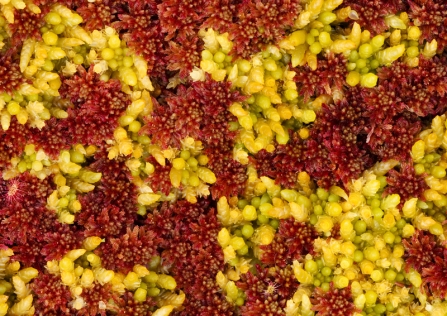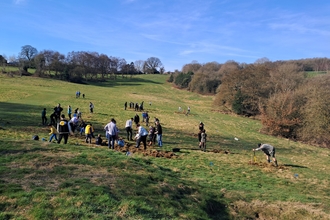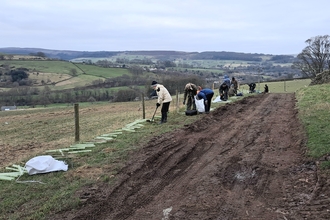Peatland is a wet, weird and wonderful habitat. Though for some it’s a foot-soaking annoyance when out hiking, and for many others it’s completely out of sight and out of mind, we should take a closer look at this unique landscape. It’s no exaggeration to say that the two million hectares of peatland found in the UK could be one of our greatest natural treasures.
Carbon champions
Covering only 3% of the Earth’s land surface, this internationally rare habitat is the greatest store of carbon on land. It’s secret? Being so consistently wet! As plants die, they fall into this waterlogged, low-oxygen environment. This limits the decomposition that would normally release carbon into the atmosphere. Meaning that over time, carbon is locked up in layer upon layer of semi-decomposed plants, known as peat.
However, that is just the start of what our peatlands do for us. Healthy peatlands act to slow the flow of water, meaning they are a key natural flood defence. Flood damage in 2015-16 was estimated at £1.6bn. Ensuring we have healthy peatlands can help to reduce this massive cost.
Wild wonders
But peatlands aren’t just a soggy defence against flooding and carbon emissions, they’re also bursting with wildlife, internationally recognised as homes for some of our most charismatic creatures. Flocks of golden plover light up the skies with their gleaming, golden plumage whilst curlew fill your ears with their bubbling song. However, if you are a vole or a shrew, life isn’t so idyllic as short-eared owls erupt out of the mist ready for their next meal.






